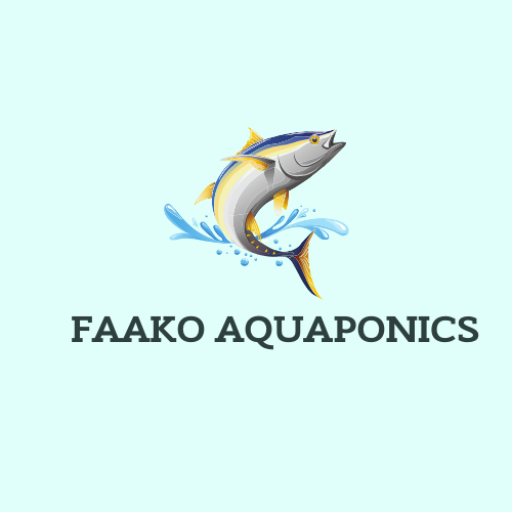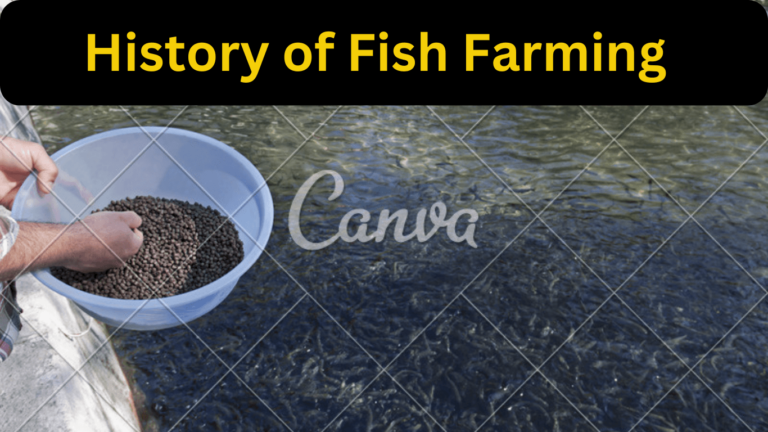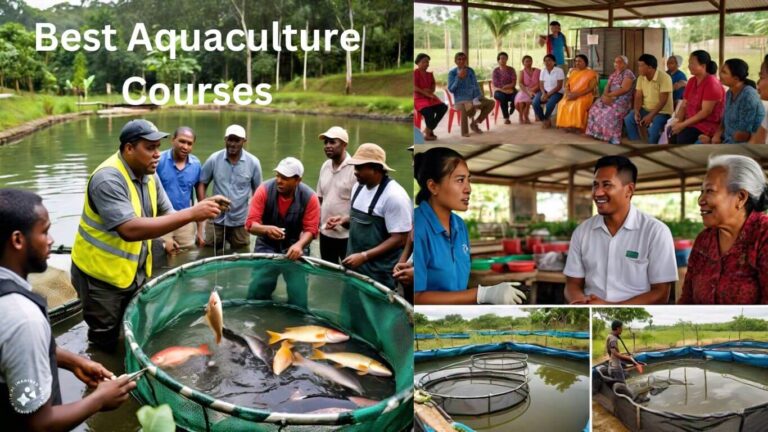The global appetite for seafood is insatiable. Whether it’s sushi, grilled salmon, or a hearty plate of fish and chips, seafood forms an integral part of diets worldwide. But as wild fish populations face depletion due to overfishing, aquaculture, or fish farming, has risen as a sustainable alternative. Fish farming is not only vital for ensuring food security but also significantly impacts economies around the globe. Let’s delve into the rich history of fish farming, exploring its origins, evolution, and economic influence.
What is Fish Farming?
Fish farming, or aquaculture, refers to the controlled cultivation of aquatic organisms, including fish, crustaceans, and mollusks. This practice occurs in environments like ponds, tanks, or ocean enclosures and is aimed at producing seafood for consumption, restocking natural habitats, or supporting ornamental fish industries.
Global Fish Farming Statistics
The global production of aquatic animals and algae reached unprecedented levels, totaling 223.2 million tonnes in 2022. Of this, 185.4 million tonnes were aquatic animals, with aquaculture contributing 94.4 million tonnes—surpassing capture fisheries for the first time. Source
Ancient Origins of Fish Farming
The roots of fish farming stretch back thousands of years, with early civilizations developing techniques to breed and raise fish in controlled environments. These practices were often born out of necessity, innovation, and the desire for reliable food sources.
Fish Farming in Ancient Egypt
The Egyptians were among the first to engage in aquaculture. The Nile River served as a natural breeding ground for various fish species. Ancient Egyptians captured fish and raised them in ponds near the river, ensuring a steady supply of protein-rich food. These ponds also held cultural significance, as fish played roles in religious ceremonies and iconography.
Early Chinese Aquaculture
One cannot talk about the history of fish farming without mentioning China. China’s aquaculture history dates back to around 2000 BCE, making it one of the oldest and most sophisticated systems of fish farming. The Chinese pioneered techniques such as the cultivation of carp and tilapia in artificial ponds. They used natural fertilizers and innovative feeding strategies to enhance production, laying the groundwork for modern aquaculture practices.
Even to date, China is leading the global fish production
Roman Contributions
The Romans brought their engineering prowess to aquaculture. They constructed intricate systems of ponds and canals to raise fish like mullet, oysters, and eels. Fish farming in Rome wasn’t just about sustenance; it symbolized wealth and luxury, with elaborate fish farms often built on the estates of the elite.
Fish Farming in the Medieval Period
The Middle Ages saw aquaculture take on a more practical role, particularly in Europe and Asia. During this time, the practice became intertwined with religious and agricultural activities. This actually shaped the history of fish farming in aquaculture
Monastic Aquaculture in Europe
Monasteries across Europe played a key role in advancing aquaculture. Monks raised fish such as trout and carp in ponds to provide food during fasting periods.
These fish farms were meticulously managed, showcasing early examples of sustainable practices.
Rice-Fish Farming in Asia
In Asia, the integration of fish farming with agriculture was a revolutionary development. Farmers in Japan, China, and Southeast Asia raised fish in flooded rice paddies. This symbiotic system improved rice yields by controlling pests and providing natural fertilization from fish waste.
The Industrial Revolution and the Birth of Modern Aquaculture
The 18th and 19th centuries marked a turning point for fish farming, driven by industrialization and advances in science and technology. These developments laid the foundation for aquaculture as we know it today.
Technological Innovations
The Industrial Revolution introduced tools and techniques that revolutionized fish farming:
- Pond Aeration: Mechanical devices were developed to oxygenate water, improving fish health and growth.
- Water Filtration: Advanced filtration systems ensured cleaner environments, reducing disease outbreaks.
- Artificial Breeding: Techniques for inducing fish to spawn under controlled conditions enabled the mass production of fry (young fish).
Expansion in Europe and North America
Industrial-scale aquaculture began to emerge in the 20th century, particularly in Europe and North America. As wild fish stocks dwindled due to overfishing, the demand for farmed fish increased. Governments and private entities invested in research to enhance aquaculture practices, leading to significant advancements.
The Global Boom: Aquaculture in the 20th and 21st Centuries
The latter half of the 20th century saw fish farming expand exponentially. Today, aquaculture is a cornerstone of the global food system, with Asia leading production efforts.
Asia’s Dominance
Countries like China, India, and Vietnam dominate the aquaculture industry. Factors contributing to their success include:
- Vast Freshwater Resources: These countries are endowed with extensive river systems and ponds.
- Favorable Climate: Warm temperatures support year-round fish farming.
- Government Support: Policies and subsidies have fueled growth in aquaculture.
Technological Advancements
Modern aquaculture benefits from cutting-edge technologies:
- Genetic Selective Breeding: Scientists develop fish strains with desirable traits like faster growth, disease resistance, and improved feed efficiency.
- Specialized Aquafeeds: Nutrient-dense feeds enhance fish health and reduce environmental impact.
- Biosecurity Measures: Advanced disease control protocols ensure healthy stocks.
Diversification of Species
While early aquaculture focused on freshwater species, modern practices include a wide range of fish and shellfish, such as:
- Salmon
- Shrimp
- Oysters
- Tuna
- Catfish
The Economic Impact of Fish Farming
Fish farming isn’t just about feeding the world; it’s a significant economic driver.
Contribution to GDP
Aquaculture contributes billions of dollars to global GDP annually. Major producers like China and Norway have thriving industries that support local and national economies.
Job Creation
Fish farming provides employment opportunities across various sectors, including:
- Hatcheries
- Feed production
- Farming operations
- Processing and distribution
Trade and Export
Farmed seafood is a major export commodity. Countries like Vietnam and Chile are leading exporters of shrimp and salmon, respectively, contributing to global trade.
Challenges and Future Prospects
Despite its benefits, fish farming faces challenges:
- Environmental Concerns: Issues like water pollution and habitat destruction need addressing.
- Sustainability: Balancing production with environmental stewardship is critical.
- Climate Change: Rising temperatures and changing water conditions impact fish health.
Innovations for a Sustainable Future
To overcome these challenges, the industry is embracing innovations such as:
- Integrated Multi-Trophic Aquaculture (IMTA): Combining fish farming with seaweed and shellfish to mimic natural ecosystems.
- Recirculating Aquaculture Systems (RAS): Closed-loop systems that minimize water usage and waste.
- Alternative Protein Sources: Using algae, insects, or microbial proteins in aquafeeds to reduce dependence on fishmeal.
Conclusion
From ancient ponds in Egypt and China to modern high-tech farms, fish farming has come a long way. It’s more than a source of delicious seafood; it’s a vital industry that supports economies and promotes food security. As the world’s population grows and wild fish stocks decline, aquaculture will undoubtedly play a central role in meeting the global demand for seafood sustainably.





